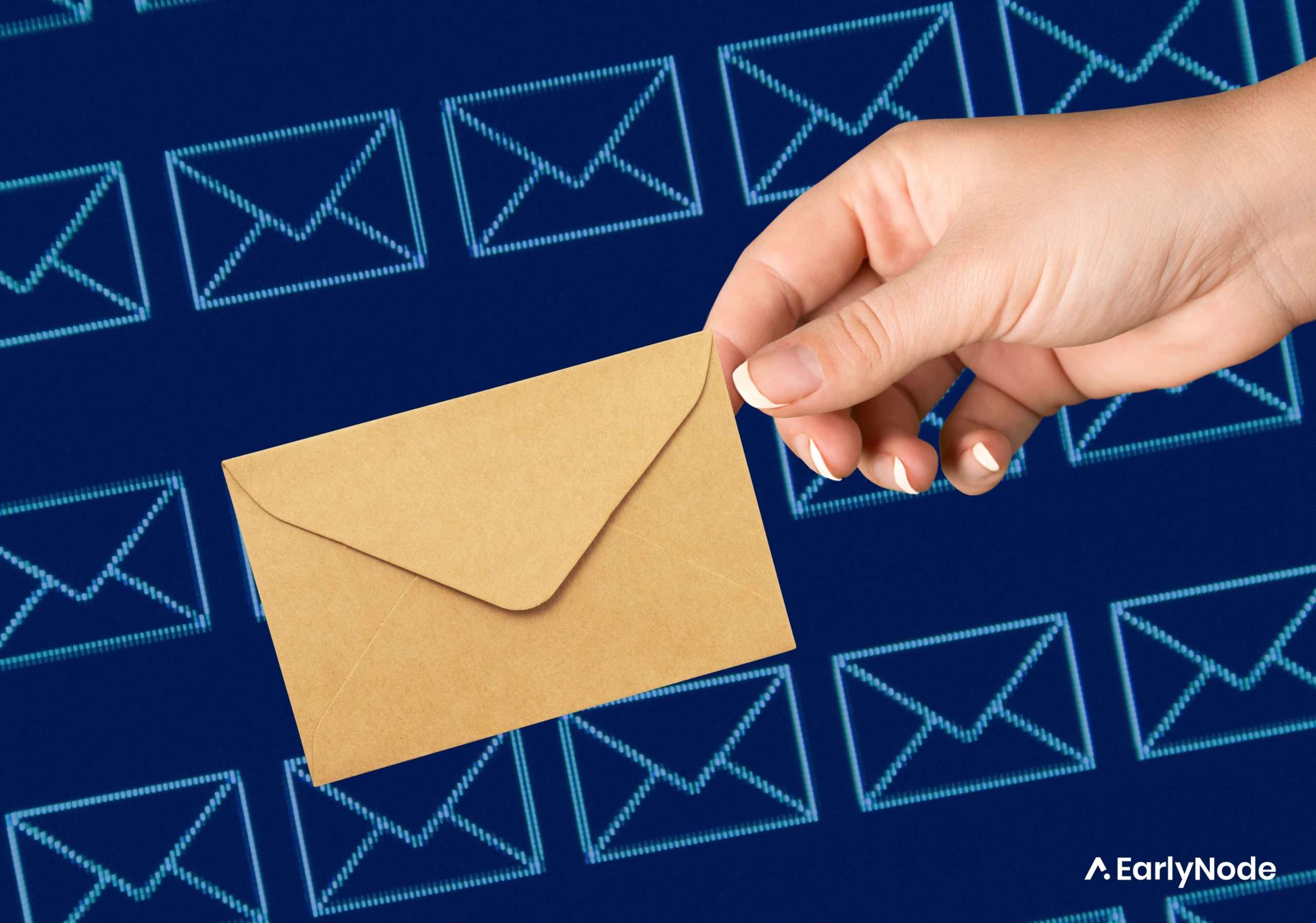SaaS Release Notes Best Practices: 11 things to keep in mind
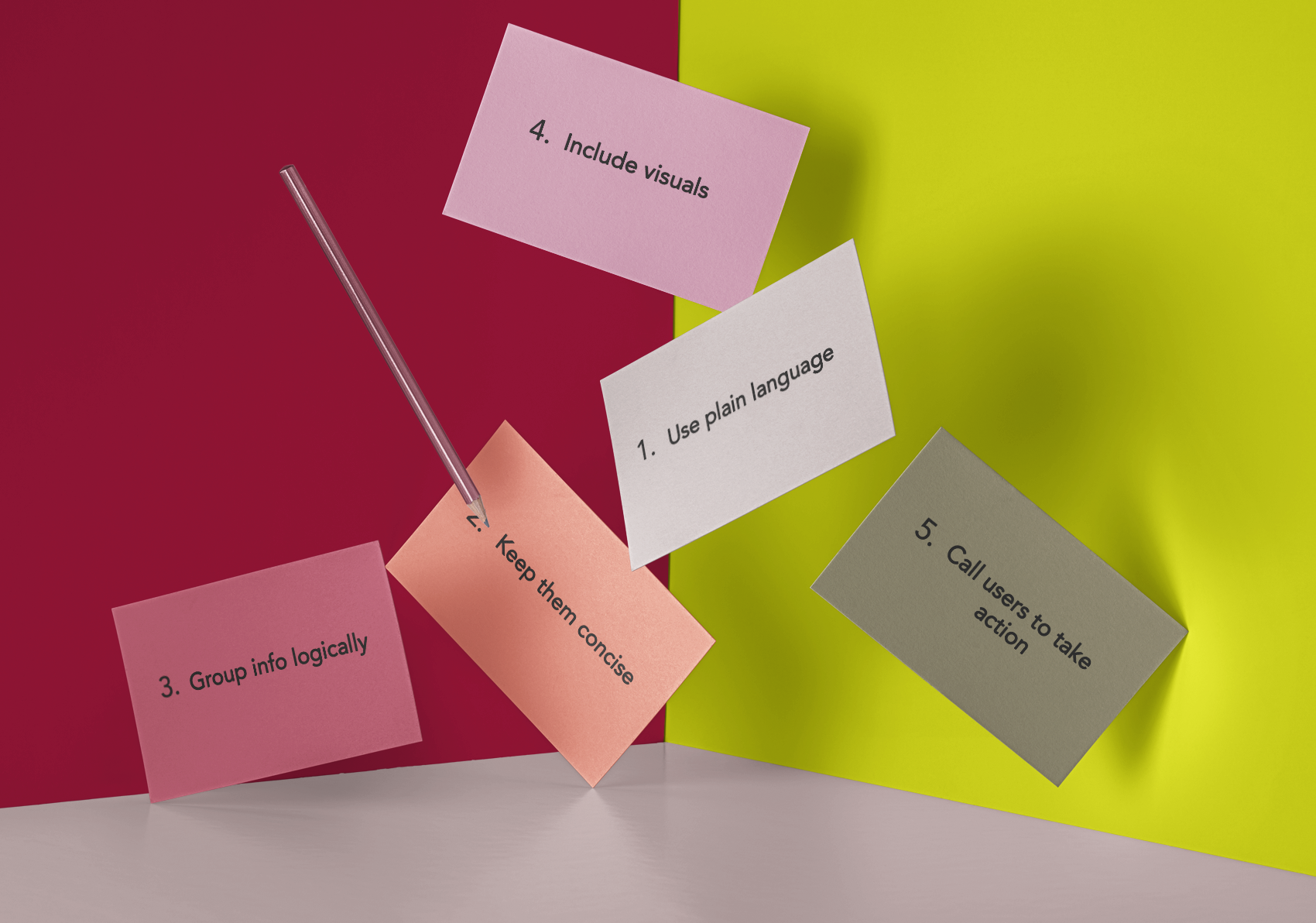
TL;DR
- Release notes should be carefully crafted and thoughtfully distributed.
- Concise, value-driven notes with informative visuals keep the reader engaged.
- Researching how customers talk about your product will help you write release notes in their language.
- Give your release notes some personality by incorporating your brand’s voice.
- Using multiple distribution channels can increase feature adoption.
If you’ve been working hard to build innovative products, you’ve got to tell everyone about it. Otherwise, what’s the point, right?
SaaS release notes can help your users better understand the potential of your product by sharing your latest feature releases, product updates, and bug fixes in a compact package. They can even boost user engagement and push feature adoption rates.
But if you’re writing SaaS release notes that are too vague or technical, users won’t get excited to try out your new features. After all, the phrase “New switching command” is hardly likely to inspire!
Many leading SaaS companies like Loom and Deel use release notes to increase customer loyalty and engagement, and build a community around their product.
Based on examples from their websites, we’ve curated 11 best practices that you can implement to craft great release notes.
11 Best Practices for SaaS Release Notes
1. Use plain language
The main job of release notes is to excite your users about new features and improvements so that they use and hopefully adopt them.
But if you cannot convey the message correctly, your customers might lose interest in your updates. To avoid this, you can look into the feedback and support tickets to get some insight into how your customers talk about your product.
This research will help you talk your users’ language, ditch the jargon, and write release notes like you’re talking to a friend.
Look at how Mailchimp uses simple terms to explain what their new journey builder does.👇
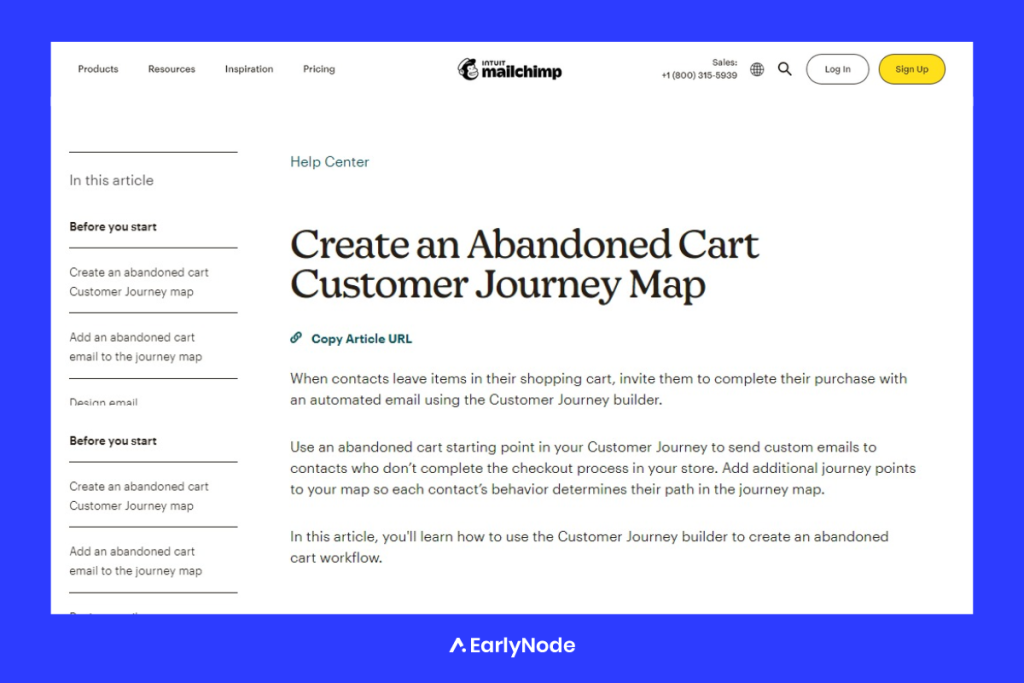
2. Keep them concise
Nowadays, attention spans are short overall. But they are even shorter for long, dry documents that look like a dishwasher manual.
You cannot blame your users if they don’t want to read release notes with big, intimidating chunks of text.
To keep users engaged, structure your release notes in an easily scannable and readable way. Use clear headings, punchy sentences, and bullet points. Never use ten words if you can explain it clearly in five.
As you can see here, Retool keeps its release notes concise and to the point.
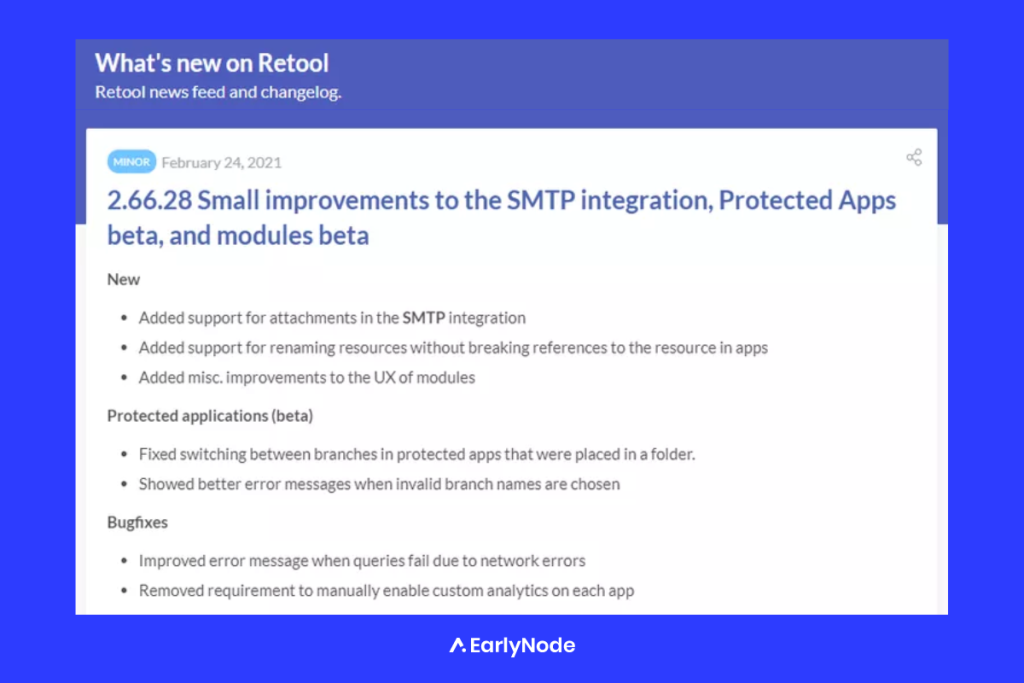
3. Group information logically
When your users pop open your latest product release notes, they want to know what they’re getting in the new version. And they don’t want to hunt through a mess to find out.
You have to show NEW FEATURES, UPDATES, BUG FIXES, etc., in big, bold category headers so that they can zero in on the areas that interest them most.
Check out how Loom categorizes its updates with many tags, making it easier and faster to find specific updates.
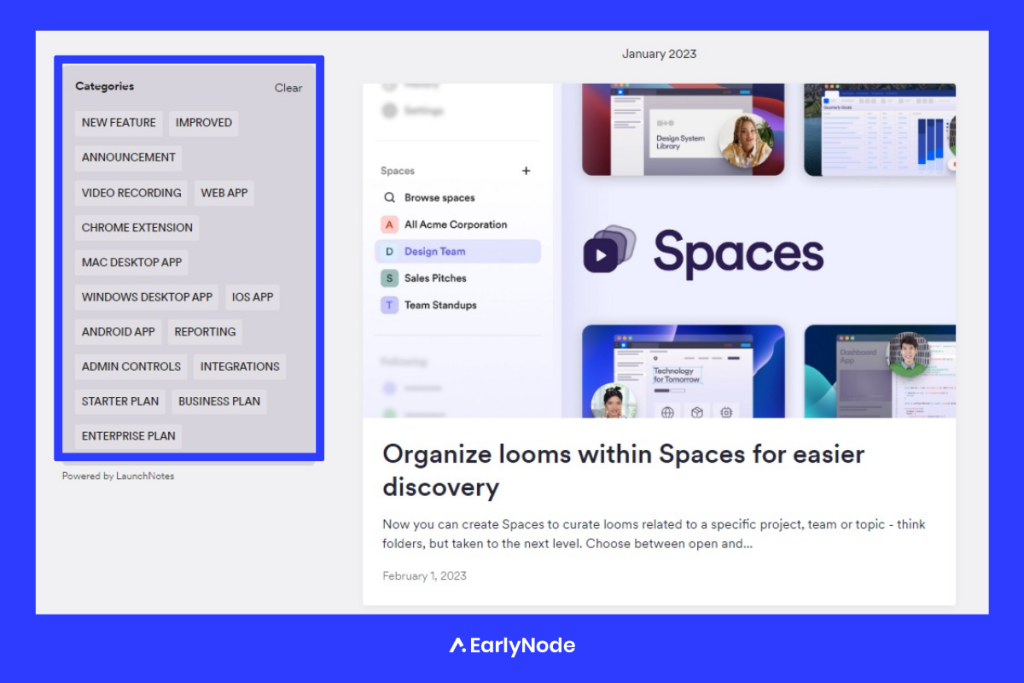
4. Include visuals
Like we already said, nobody likes to read walls of text. Visuals break up the text, engage readers’ attention, and cater to users who are more visual thinkers.
You might ask, what kind of visuals could we use in a release note? Well, you can use them to show new or improved features in action using a screenshot or screen recording. You can make a full-fledged tutorial if it’s a major release or a quick GIF to show a minor enhancement.
The important thing is to keep your visuals creative and appealing. Otherwise, they may do the opposite of attracting users.
In this example, Whereby provides an engaging tutorial in their release note to help users better understand the feature.
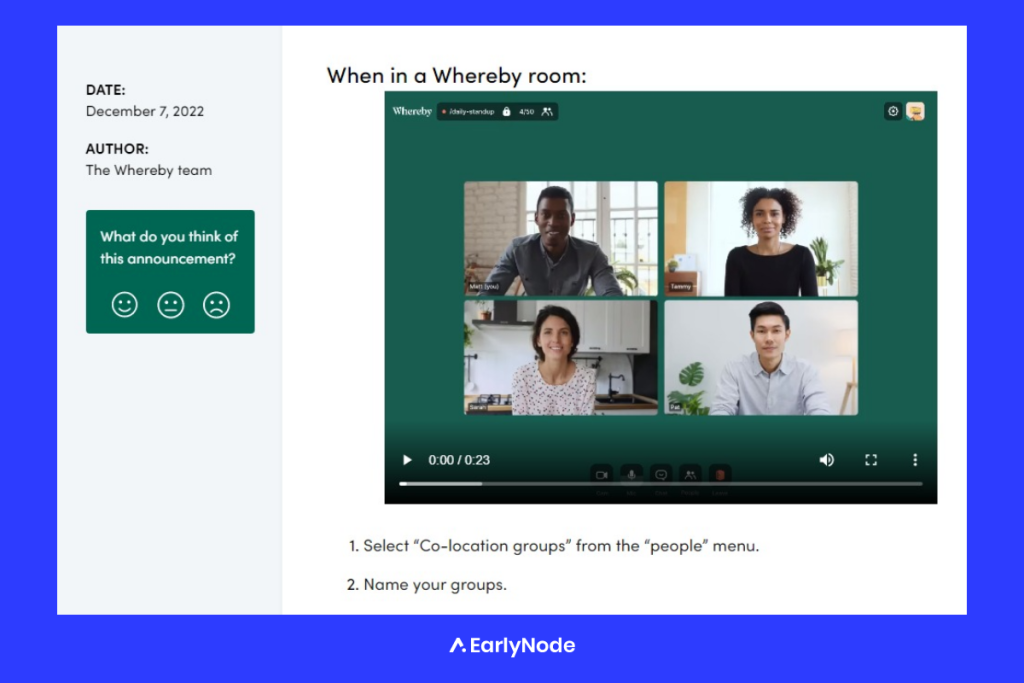
5. Call users to take action
SaaS product updates are a good way to drive adoption of updated or newly released features.
It always makes sense to include a good call to action that prompts your users to test out these updates and get more value out of your product.
This example from Zapier includes multiple calls to action in a small tutorial.
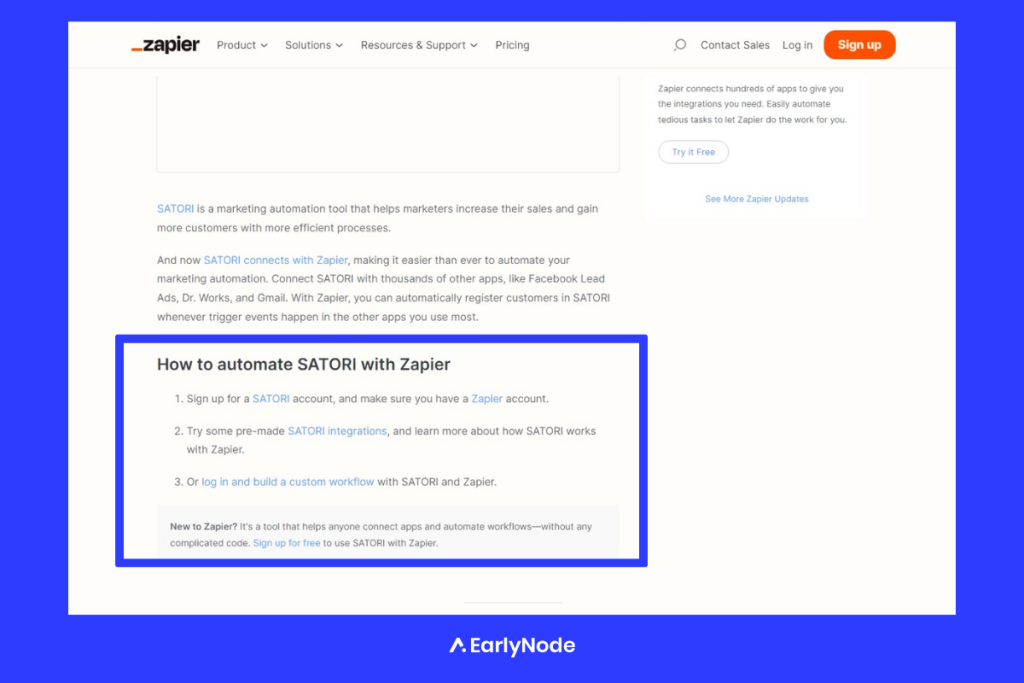
6. Express your company’s brand
Just because you’re writing about technical updates doesn’t mean you have to be direct and formal (unless it’s your brand’s voice).
Marketing professionals recommend keeping communication consistent. If your customers identify your brand with a friendly and cheerful tone, you can use this tone in your release notes. So, it could be a good idea to involve your copywriting team in your release notes to tweak your tone when necessary.
Look at what Slack does with its release notes 👇🏻
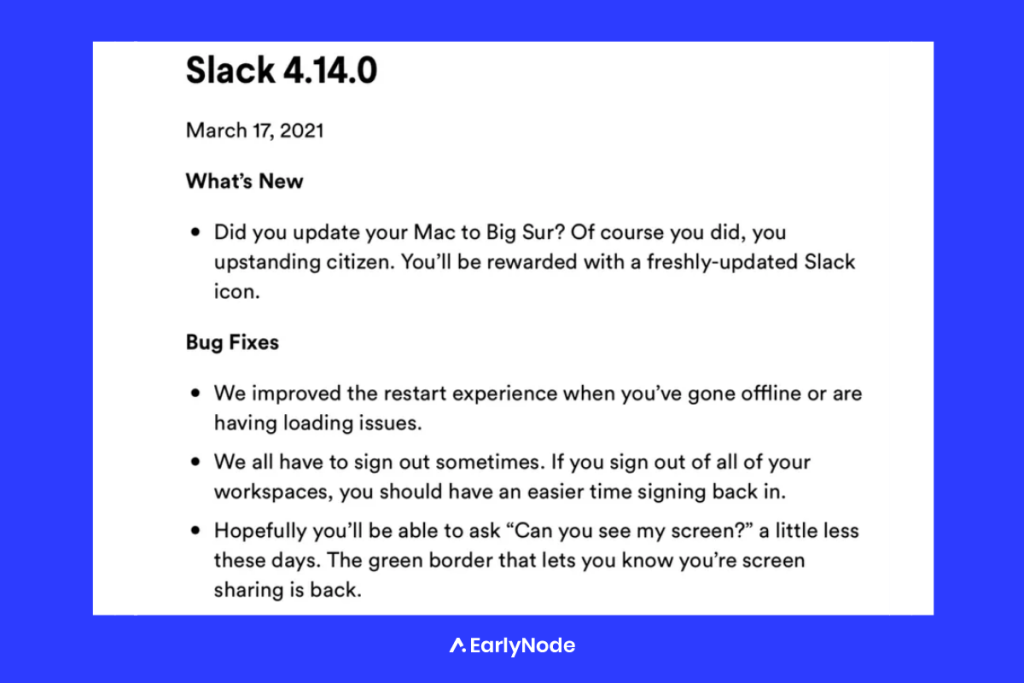
7. Consistent release note format
As we said before, consistency in your communication is important. Standardizing your release notes layout is another example of that.
If you’re constantly changing how you write and present your updates, it won’t be easy for your users to navigate them. And we don’t want that.
Developing a release note template can help solve this problem. It will save you the time and effort of writing updates from scratch, and help you develop a format that works every time.
The following is an example of a common release note template for new feature releases.
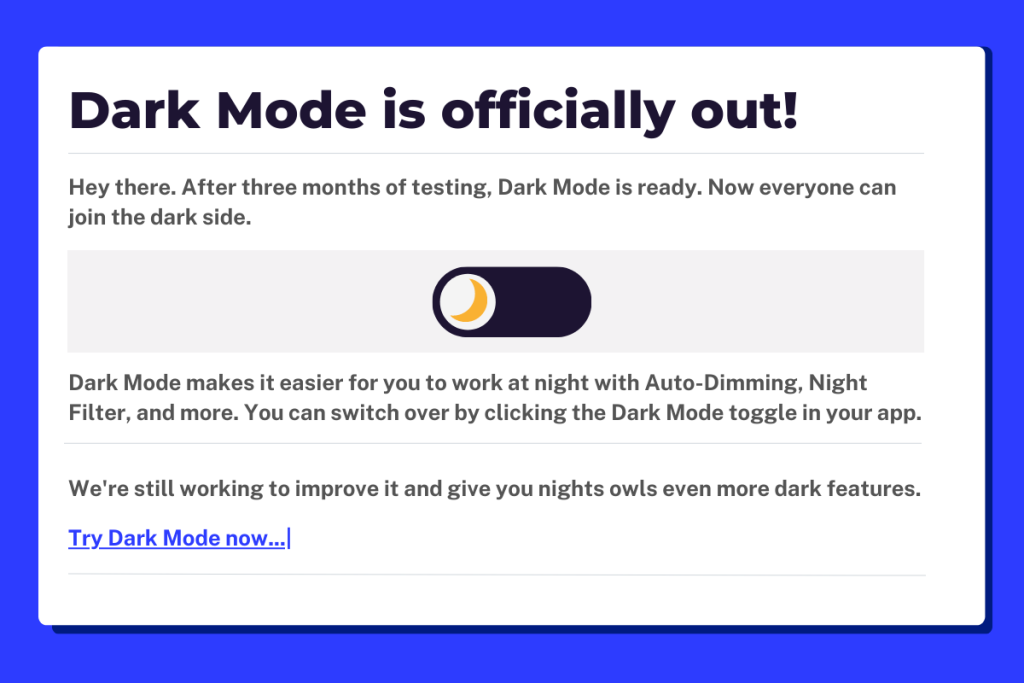
8. Make notes accessible
As you keep updating your product, your release notes will pile up. Make all these past releases accessible to new users by putting them in a central place.
Some companies have a standalone changelog page or even a full blog category dedicated to releasing notes, where users can access all the product updates to date.
But the more organized way to handle release notes is to have a clean, standalone changelog website page that your users can easily access.
If you don’t have one yet, worry not.
You can set up your custom changelog with ReleaseLog, a SaaS-focused tool by EarlyNode. With no code requirement, it is as easy as publishing a blog post.
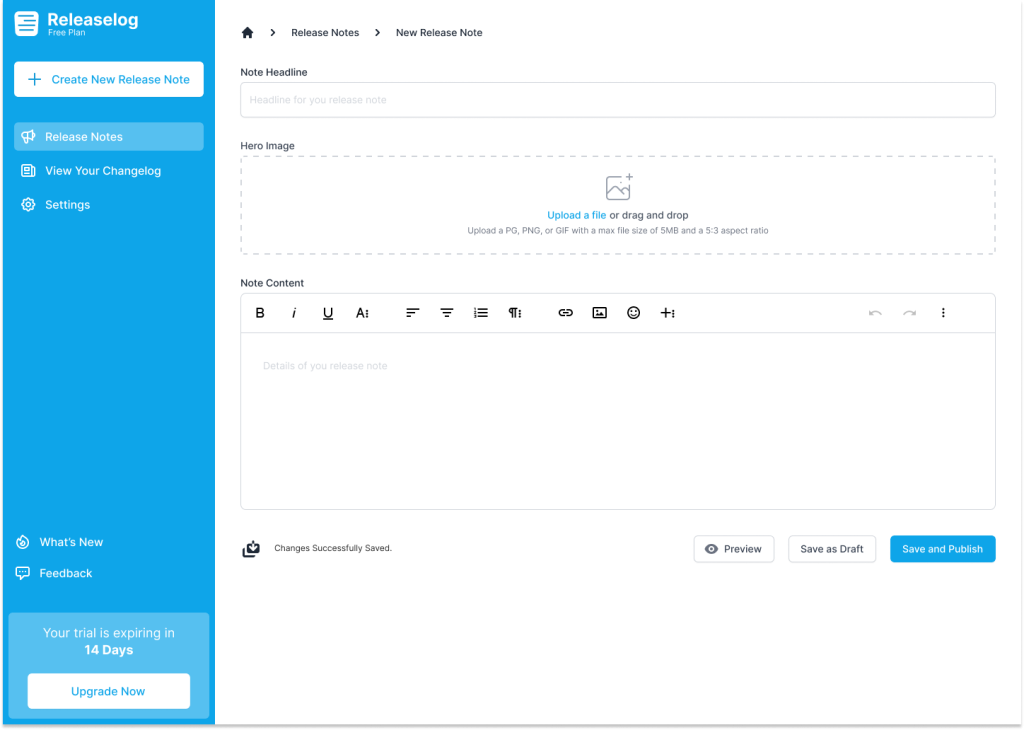
9. Be transparent
Being transparent in release notes means setting realistic expectations and not overpromising the value your product can deliver.
If you’re introducing a new feature, highlight its benefits for the users. On the other hand, if you’re sunsetting something, explain why and how you plan to make up for it.
In both instances, if you overpromise, it will create a value gap and much disappointment in the long run.
The following release note example from a Reddit user shows some serious honesty in action. Honestly, in this case, we’d recommend toning it down. Not every brand can pull off this level of sass.
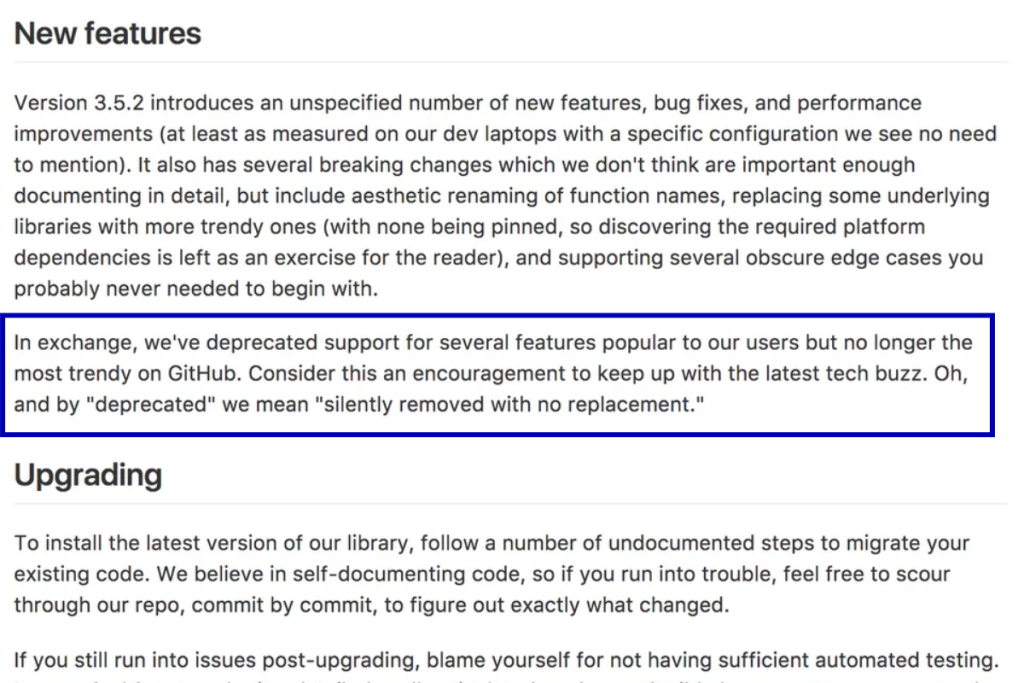
10. Use multiple distribution channels
You’re missing out if you’re using only one or two distribution channels for your release notes. You need to explore more options to reach more users in their digital habitat.
Here are the most effective distribution channels:
In-app updates: Your product updates mean more to users who regularly use your product. In-app slideouts, tooltips, and top bar announcements are a great way to get those updates in front of active users.
Check out how Postify uses slide-out announcements for product updates.
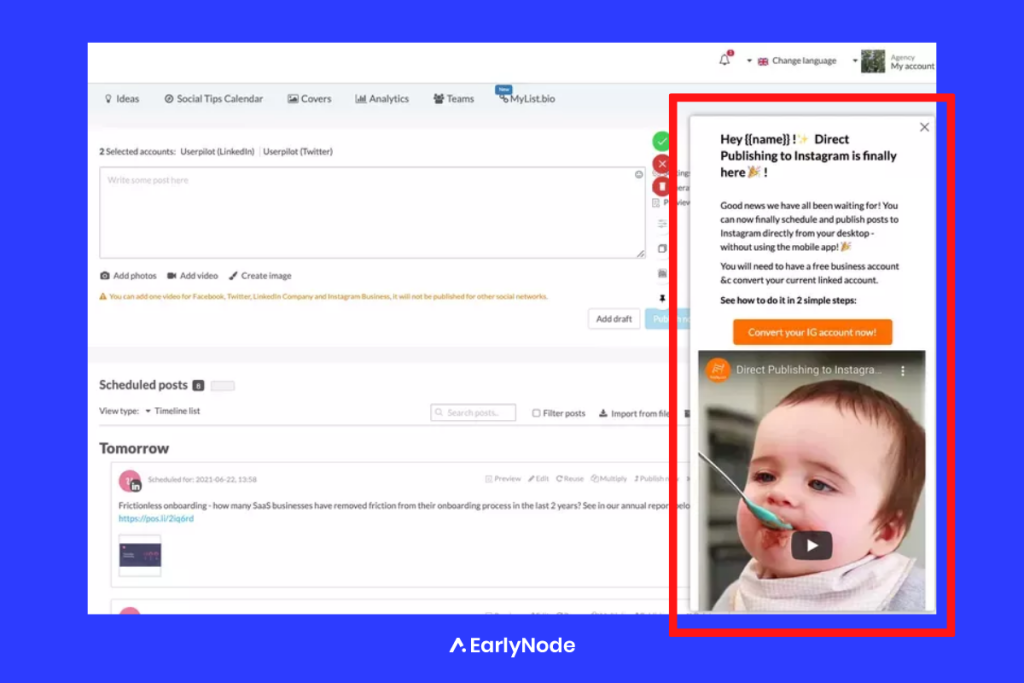
Standalone Changelog Site: Every SaaS website must have a changelog section where users can access all previous and current updates. The changelog can be an excellent way to keep your product updates organized on a single page.
Hopin has one of the best changelog pages on the web.
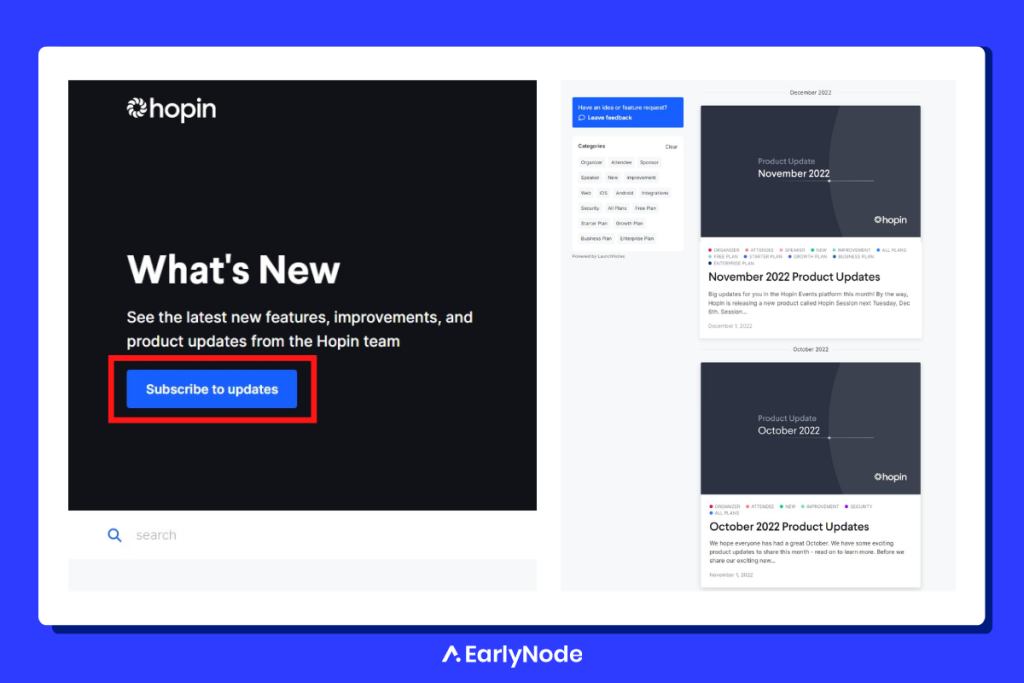
Blog posts: Blog articles are the best way to distribute comprehensive and detailed versions of your product updates. They are informative for current users and may even attract non-users from organic traffic.
Asana uses their blog posts to describe the uses of their new product updates.
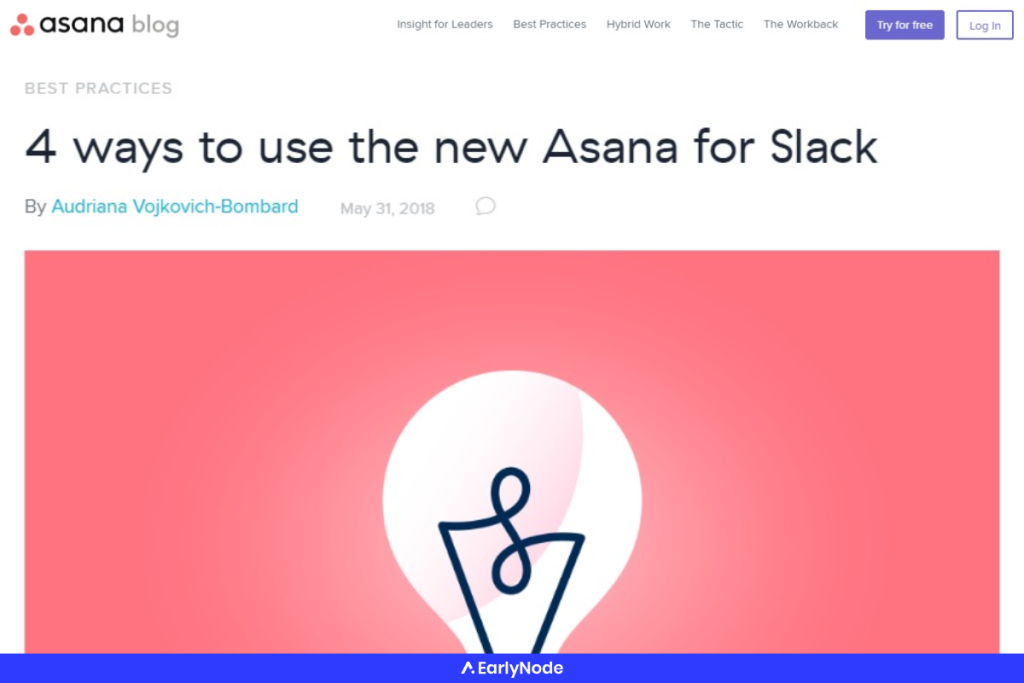
Email: Like blog posts, email lets you be more detailed about your product updates. But the primary benefit of using email product updates is that you can also target non-active and churned users in your email list.
Here’s a great example. Sparktoro’s emails are snappy and engaging.
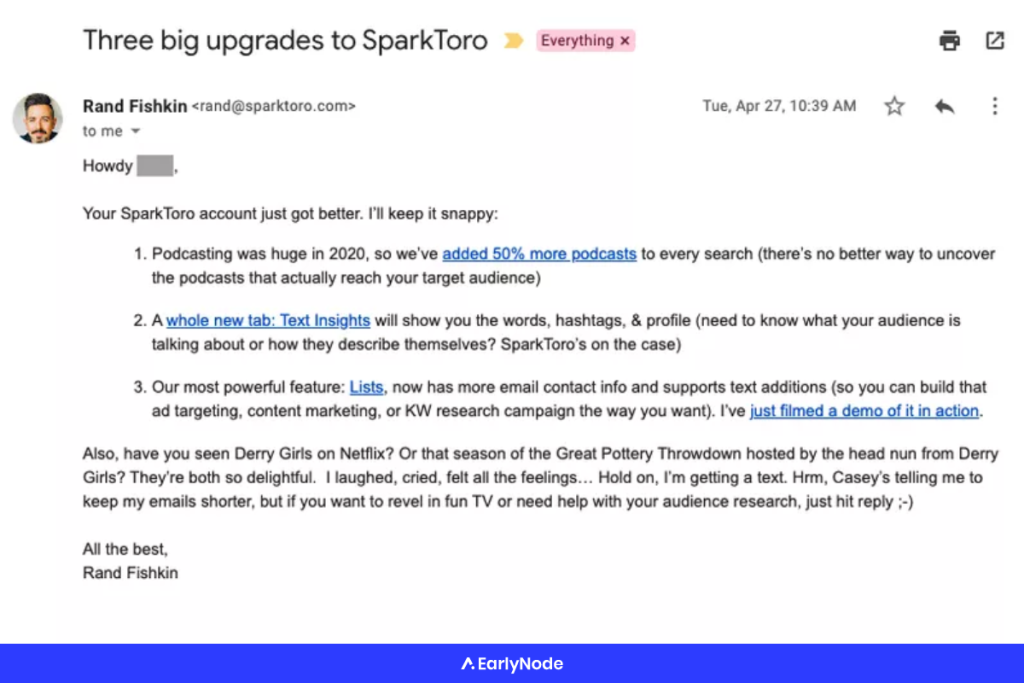
Social media posts: Social media updates are an excellent way to keep your customers updated with your product roadmap. With social’s global reach, you can even attract prospective customers. However, social doesn’t give you room to go into detail so it’s best to provide a “Learn More” CTA that sends readers to a blog post or changelog.
Check out how Jitter and TeamUp use social media to announce their new features.
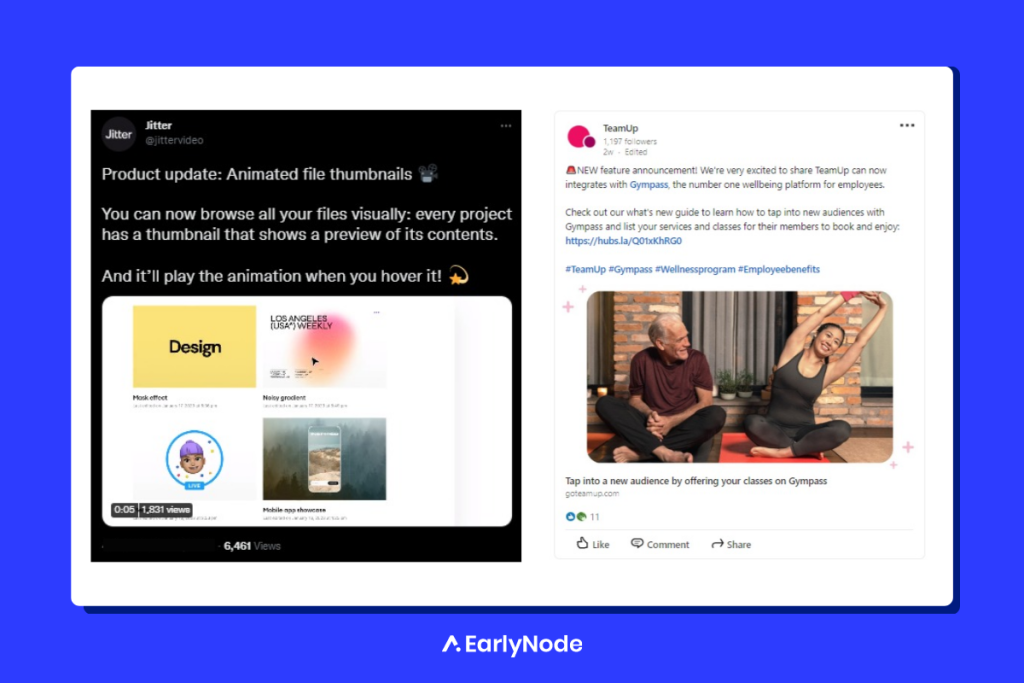
11. Encourage user feedback
User feedback is as essential after an update release as before because it gives you insight into how the feature is being received. You must make it easy for users to share their thoughts after experiencing an update. You could use a built-in feedback widget or an email with a link to a feedback survey.
Take a look at Miro’s user-friendly feedback widget.
4 Release Notes Mistakes That Costs Engagement
Okay, enough about best practices. Let’s talk about some of the worst things you can do to your release notes.
Here are the four most common mistakes and our advice on how to avoid them:
1. Making them an afterthought
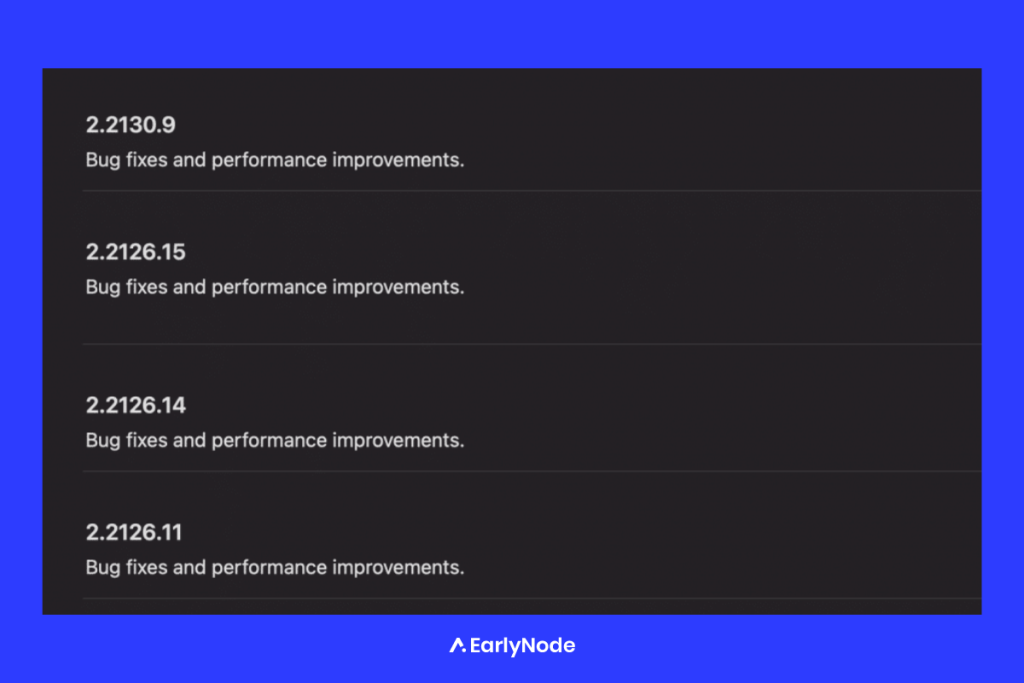
Announcing product updates sounds like a straightforward task. But don’t put them off until the very last minute. Crafting release notes that boost feature adoption, strengthen your brand, and actually get read takes communication skills, care, and attention to detail.
How to avoid making it an afterthought? Set up a clear workflow for your release notes that allocates plenty of time for multiple drafts, design work, and input from other departments where needed.
For instance, you can ask your product marketing team to test new features and product updates. This should help them write release notes with the user’s perspective in mind.
2. Long and wordy release notes
Failure to be concise is one of the pitfalls in release note writing.
You must have seen release notes read something like “Great news! It’s a big day for us because we are releasing one of our biggest features yet. A lot of people requested this feature, and it’s finally here…”
Your users appreciate your hard work, but what they really care about is how it benefits them.
It seems kinda harsh, but it is true.
How can you avoid being wordy? Focus on what your users care about and remove everything else. One good exercise is to remove one word from every sentence and one sentence from every paragraph. You don’t want to lose meaning, but it’s a useful way of thinking.
3. Being too funny or too creative
Humor works like a charm in marketing. But there’s a fine line between being funny and being irritating. If your brand voice is fun and creative, you should go for some jokes here and there. But your customers might not always appreciate creative approaches if it doesn’t provide any information about the product update.
Humor can also make you stray from the main goal: feature adoption.
How to avoid being too funny? Test your jokes on someone from another team – sometimes it’s funnier in your head than on the page. Never forget to push the benefits of the update.
4. Keeping it technical
Bad jokes might be excused, but your customers will complain if your release notes look like a computer program.
It’s a fact that release notes are usually about tech updates and new features, which involve coding. But let’s remember that we’re talking to real people here. People wanna hear about benefits and what they can do more efficiently, quickly, and reliably.
How can you avoid technical language? Instead of just listing the improvements, focus on how these changes will make customers’ experience with your product better, easier, and faster. Imagine that you’re explaining the update to a friend from outside your industry.
Conclusion
Following all the best practices and avoiding the mistakes mentioned above will help you keep your customers updated and engaged with your product.
And if you’re devoted to improving your customer experience, this is one of the best ways to show it. Your customers get to know that you’re listening to them. And their feedback is not being wasted. This is critical when it comes to building a loyal customer base.
We hope you learned something new and valuable about writing release notes from this article. If you did, then what are you waiting for? It’s time to write some notes.

